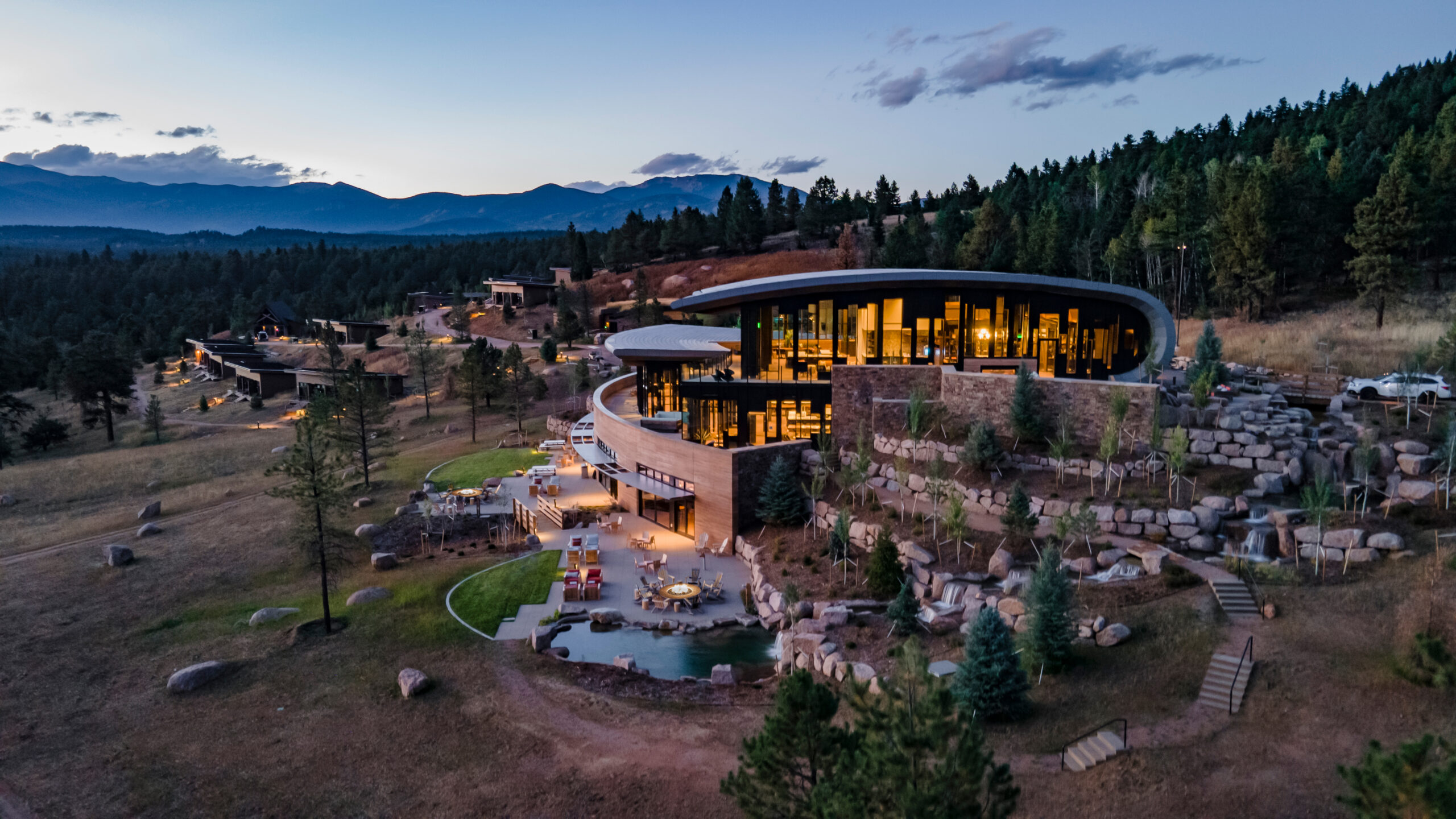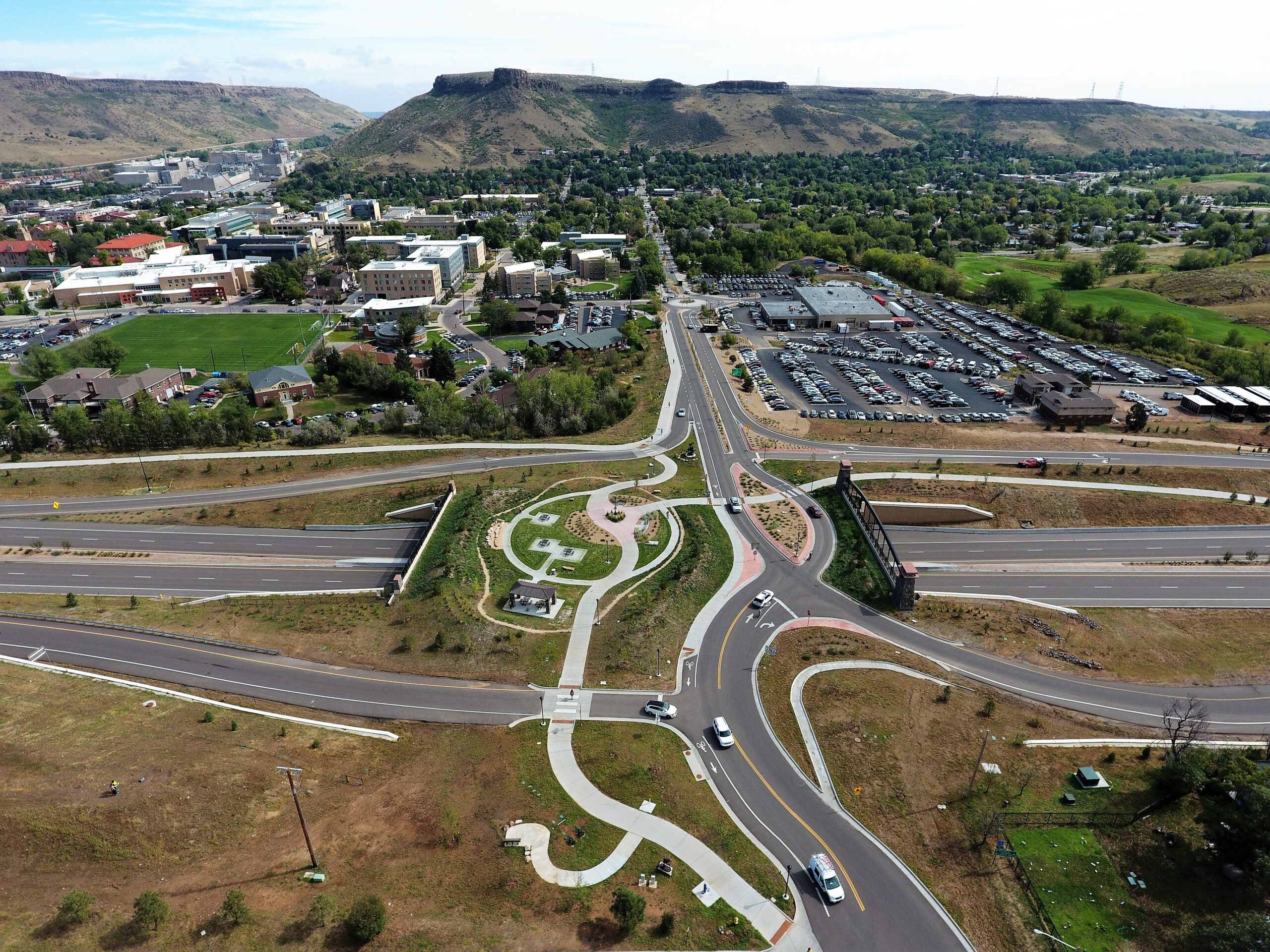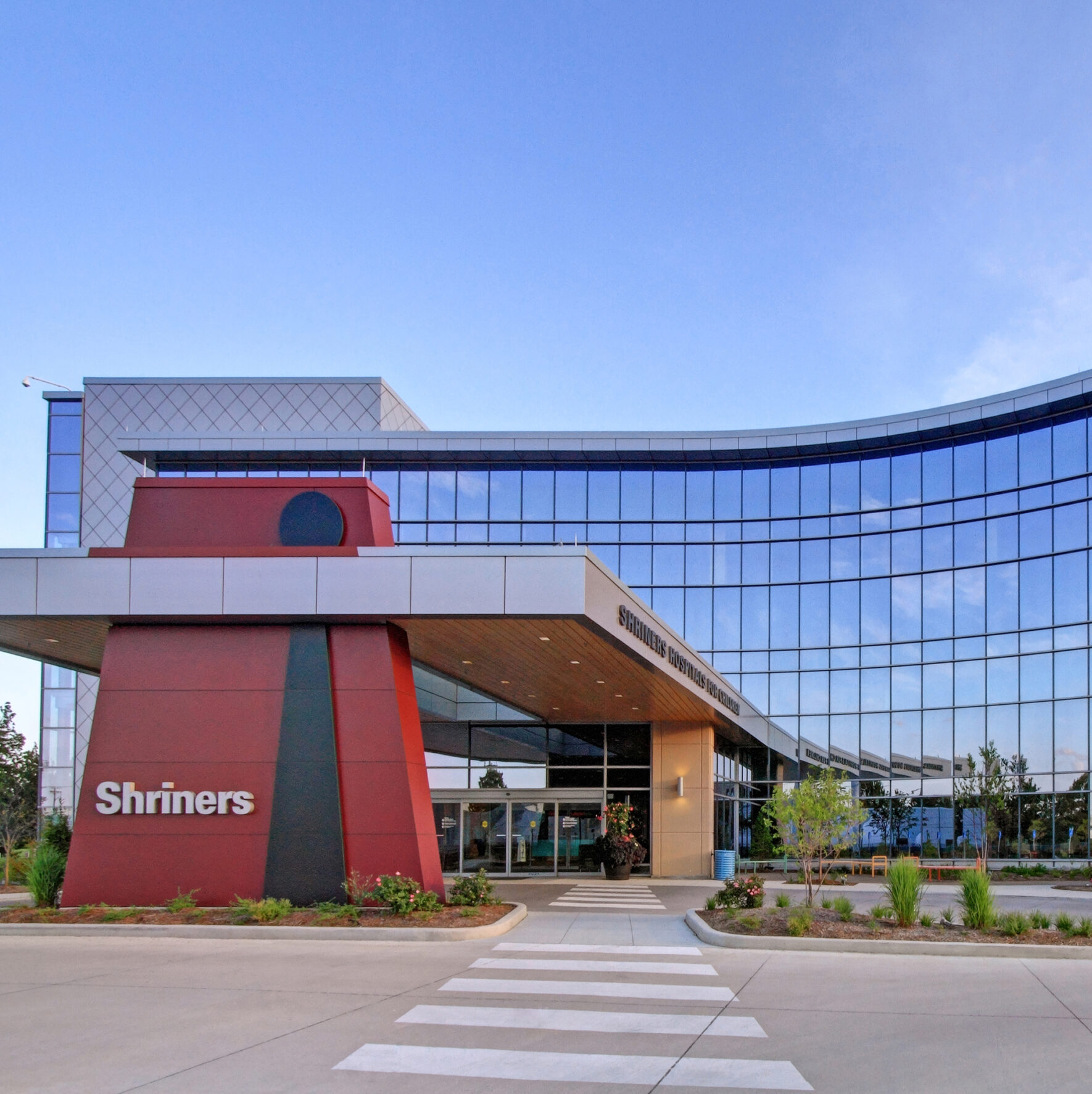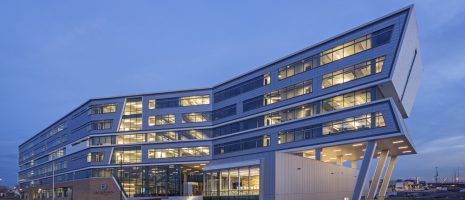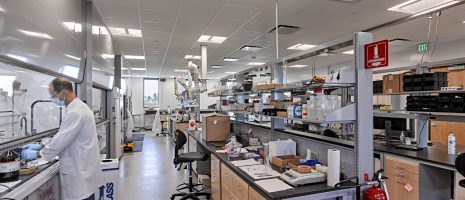Clean Energy Master Plans offer roadmaps to electrification
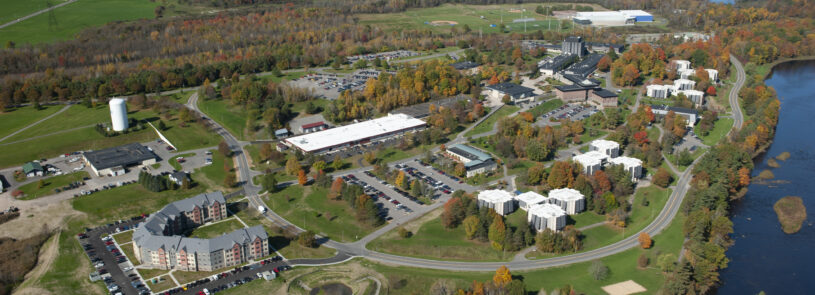
By Bill Bishop
Higher education institutions face many facilities challenges: decarbonization mandates, poor-performing and aging buildings, and other energy-related issues.
A Clean Energy Master Plan (CEMP) can help by creating a roadmap — aligned with other campus planning efforts — to offer strategies to reduce fossil fuel use/dependency, increase electrification of utility operations, and maintain campus resiliency and reliability.
The State University of New York hired Pathfinder, now IMEG, to create CEMPs for its Canton (pictured), Plattsburgh, Polytechnic, and Potsdam campuses—a project that received an ACEC New York 2025 Engineering Excellence Platinum Award. Each CEMP outlined a path to achieve SUNY’s carbon neutrality goals from now to 2050. The goals have three milestones:
- Energy savings identified by BuildSmart 2025 (New York State’s program for aggressively pursuing energy efficiency in state-owned and occupied buildings while advancing economic growth, environmental protection, and energy security)
- Emissions reductions consistent with statewide greenhouse gas (GHG) reduction of 40% by 2030
- Statewide decarbonization and gross GHG reduction of 85% by 2050
Our team began the project by conducting preliminary energy analyses at the campus level for each location to understand current conditions. This determined the amount of energy the campus uses; how the energy is used; corresponding GHG emissions; and relative energy performance compared to other university and building benchmarks.
Next, we completed ASHRAE Level II energy audits for each building, totaling 6.9 million ft2 among all campuses. This helped us understand existing energy use and informed recommendations and action items for improvements.
Each report provided specific and general building and infrastructure improvement recommendations and quantified the significant financial capital investment that will be required. (Incentives, grants, and tax credits for investments in energy savings or renewable energy technology may increase SUNY’s return on investment.)
Several technology solutions were recommended for each building, with the future goal of electrification. These included 5G and 4G district geothermal systems or electric boilers—each option paired with other energy efficiency measures (EEMs) most appropriate for each building. These EEMs were:
- LED Lighting
- Lighting Controls
- Space Temperature Setpoint Setbacks, Setups and Schedules
- Domestic Hot Water Plant Electrification
- Plug Load Reduction, Management and Controls
- Domestic Hot Water Low Flow Fixtures in Residence Halls
- Demand Controlled Ventilation
- Roof Insulation Upgrades to NYStretch 2020
- Exterior Wall Insulation Upgrades to NYStretch 2020
- Fenestration Upgrades to NYStretch 2020
- EEMs 1 through 6 Stacked (and modeled as such)
- Heating, Ventilation and Air Conditioning Upgrades
Three to four implementation scenarios—featuring either a district geothermal system or an electric boiler as a baseline case—were developed for each campus and relied on a combination of EEMs, building-level system upgrades and retrofits, and campus-level equipment and piping. A life cycle cost analysis also assessed the capital, operations and maintenance, and energy costs associated with each clean energy scenario over a 27-year timespan.
The New York State electric grid has a goal to be carbon neutral by 2040 — once each campus has completely phased out fossil fuels, the 2050 target of zero emissions will be reached if building heating and hot water systems are electrified by 2050. Remaining natural gas usage for process loads such as kitchen or laboratory equipment may be allowed past 2050.
In addition to providing a path for achieving SUNY’s carbon neutrality goals from now to 2050, the CEMPS also align with other campus planning efforts and, due to upgrades they will bring to many buildings, will solve existing operations and maintenance challenges—all while reducing energy costs. Furthermore, as many students recognize climate change as an existential threat, education institutions also can leverage such master plans as an additional recruitment tool.
